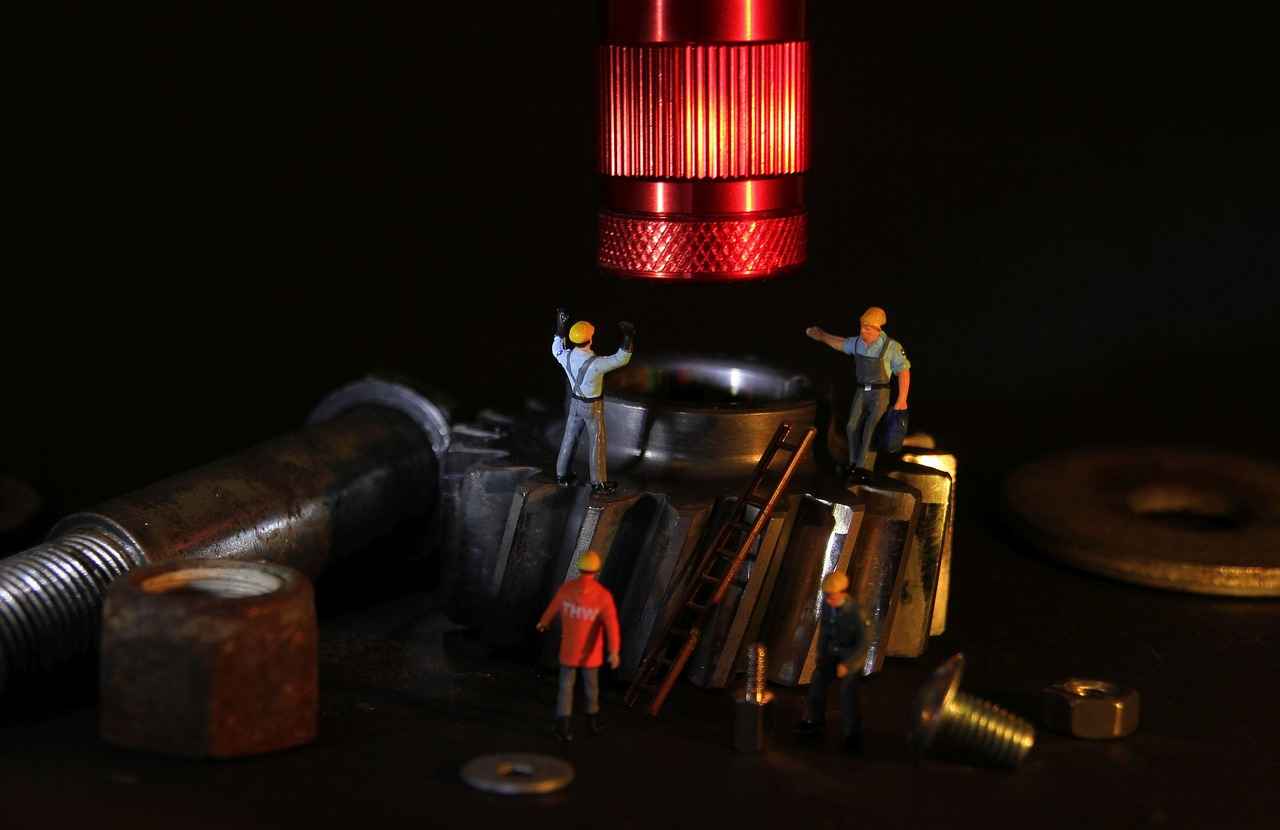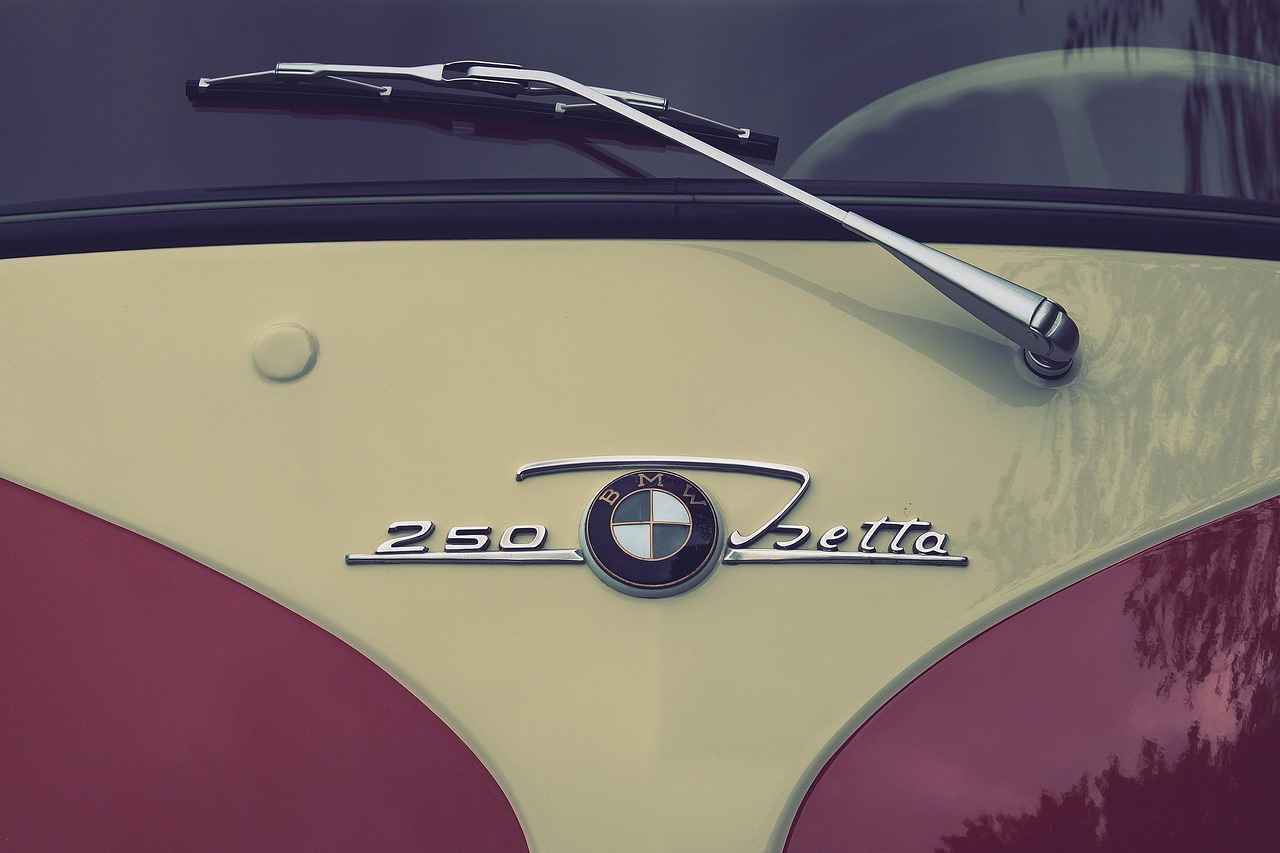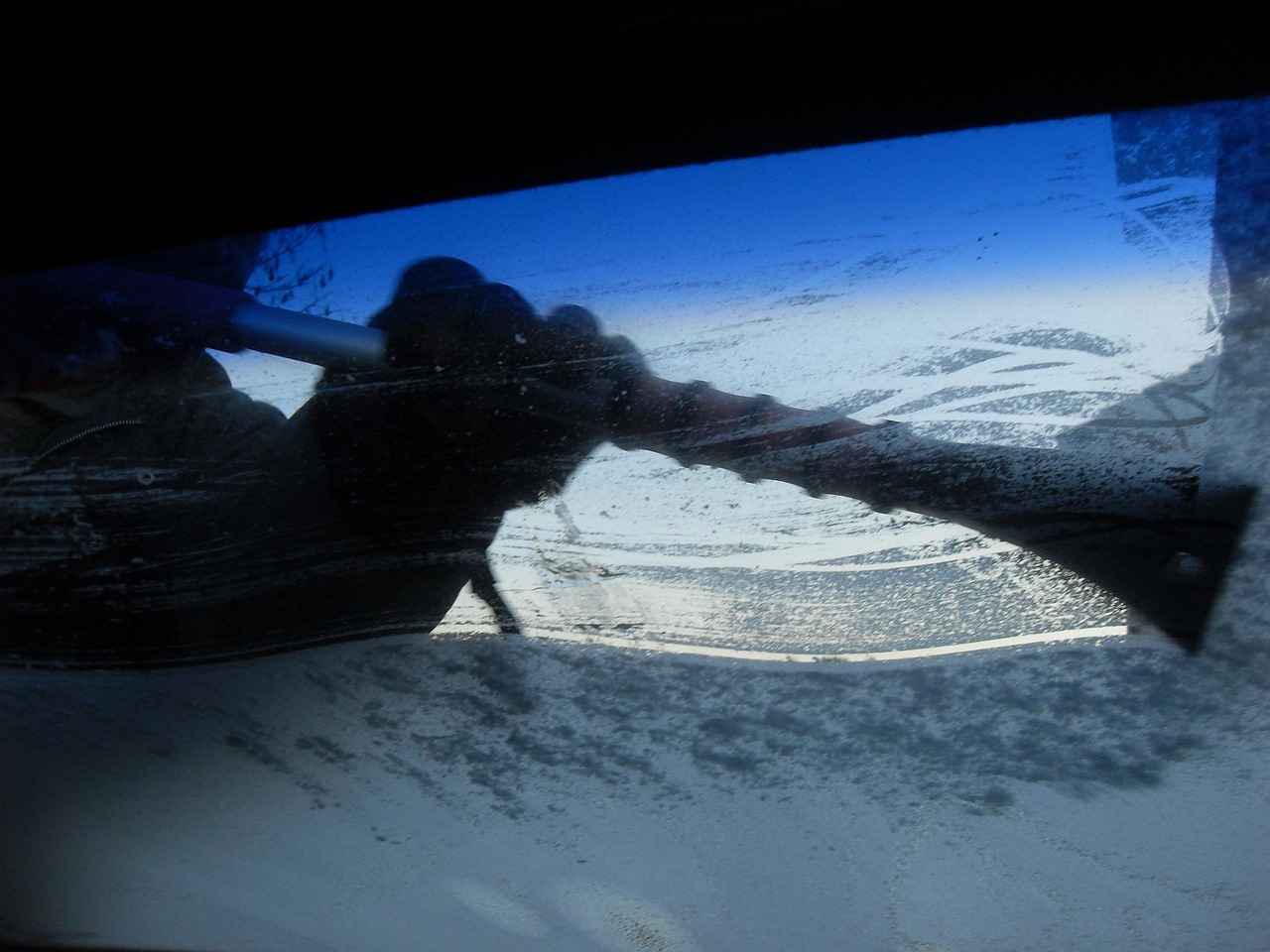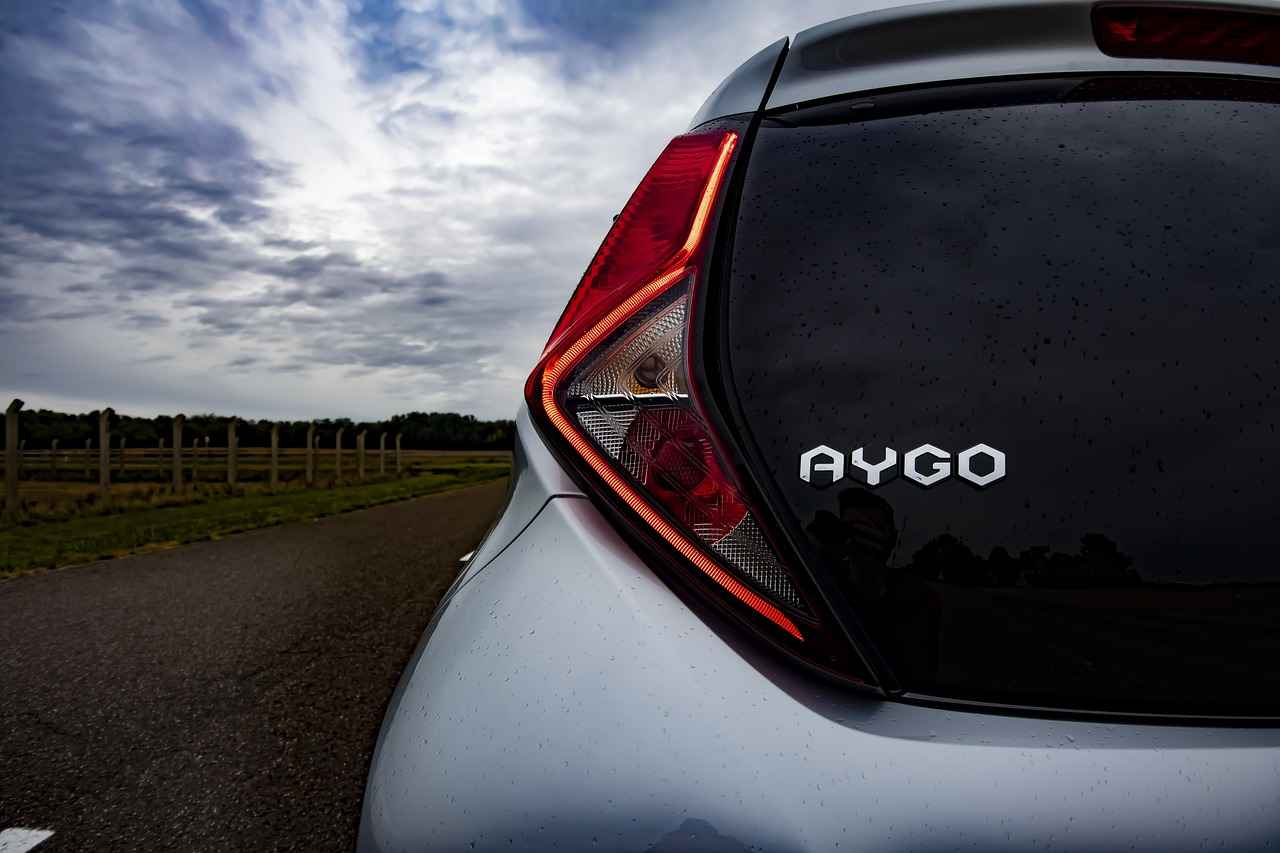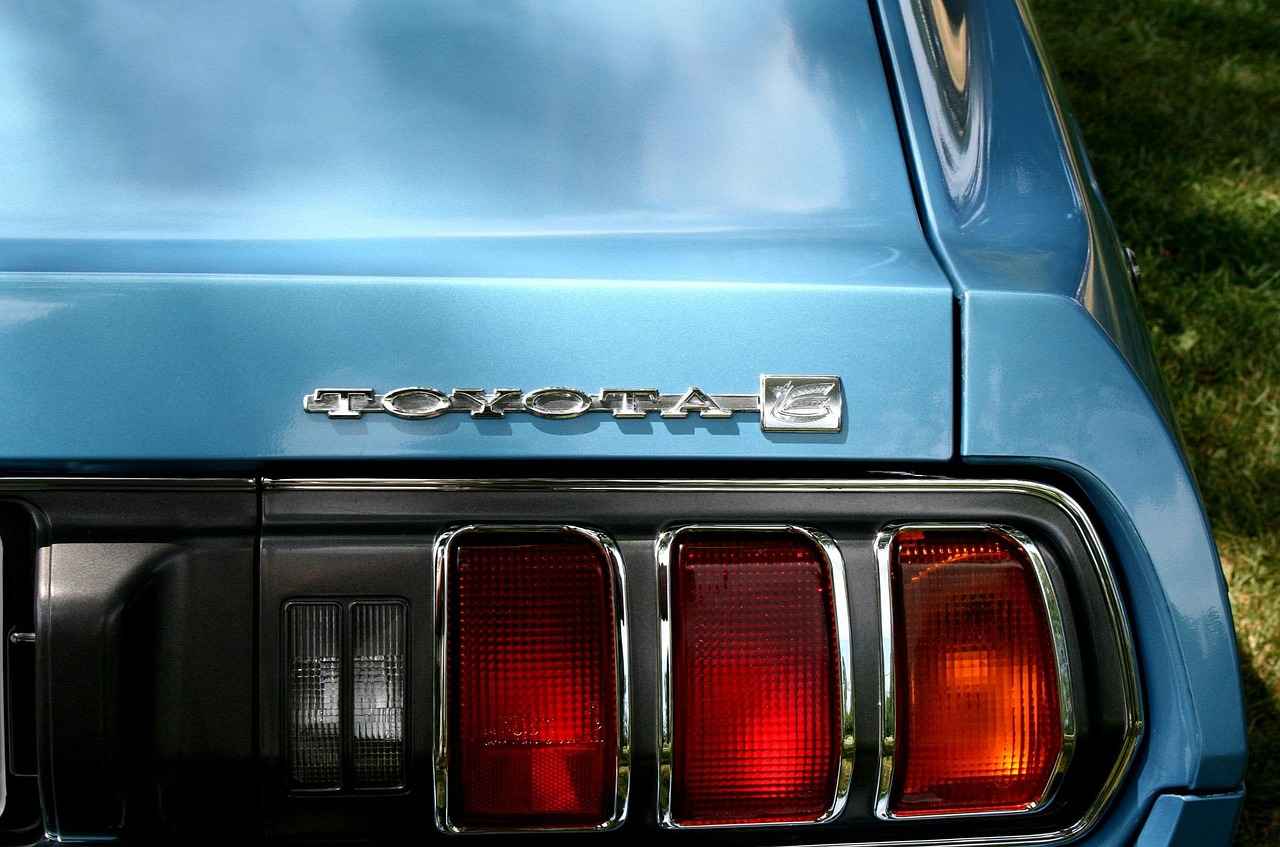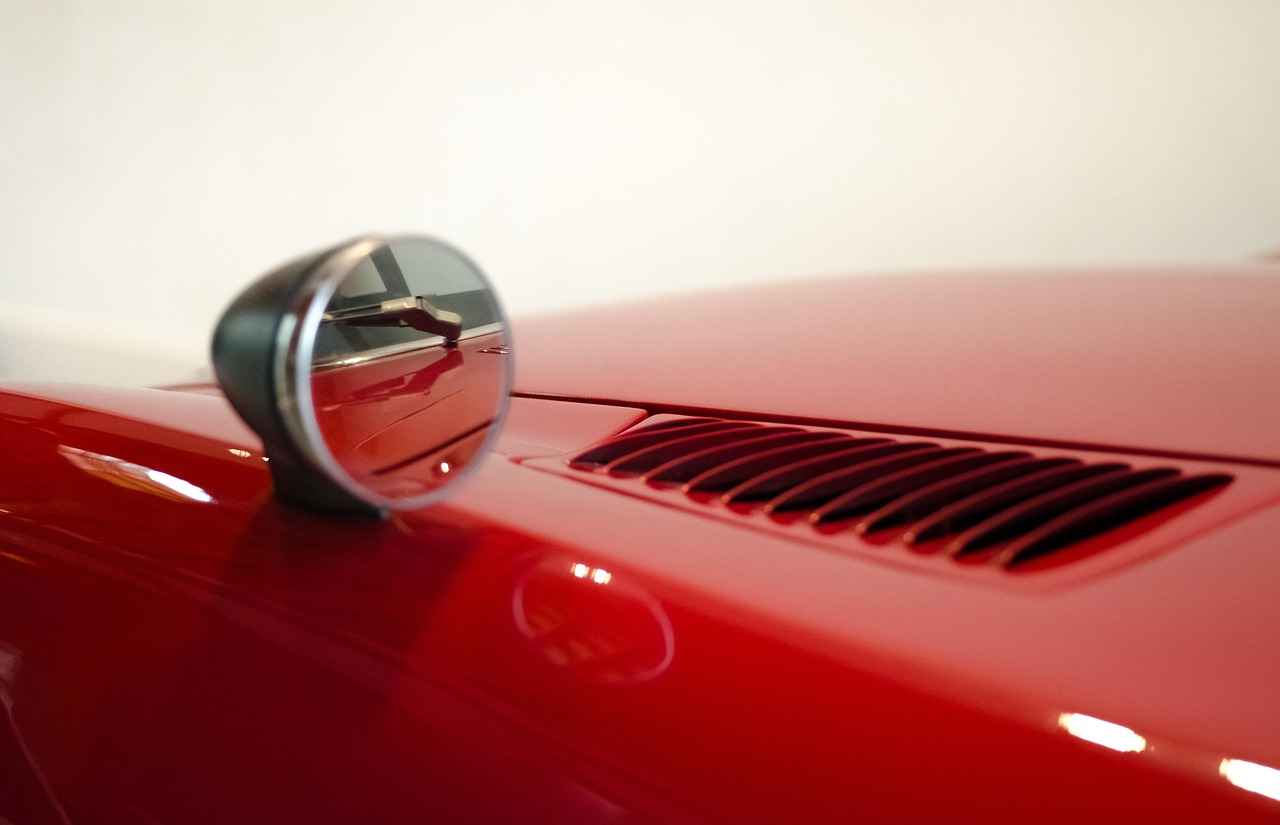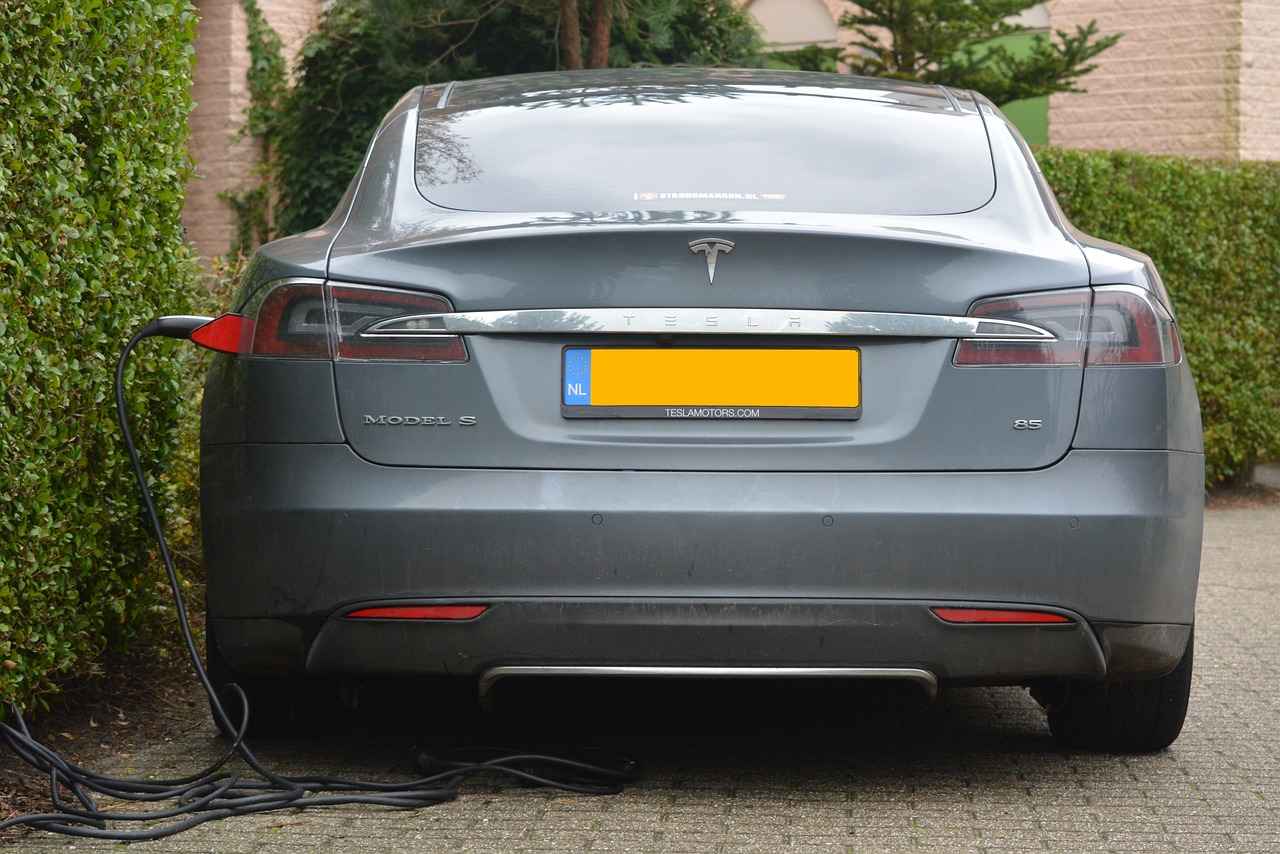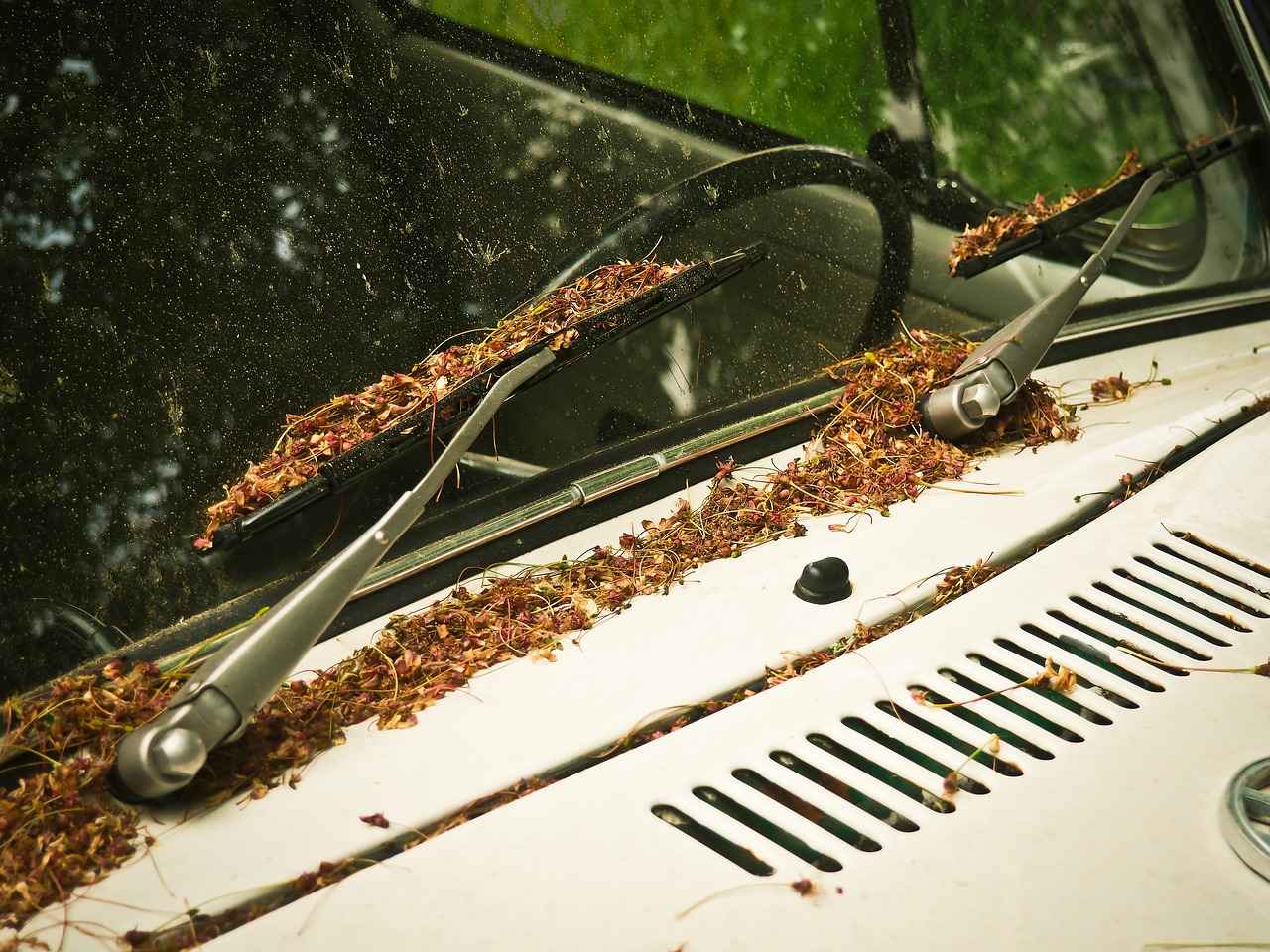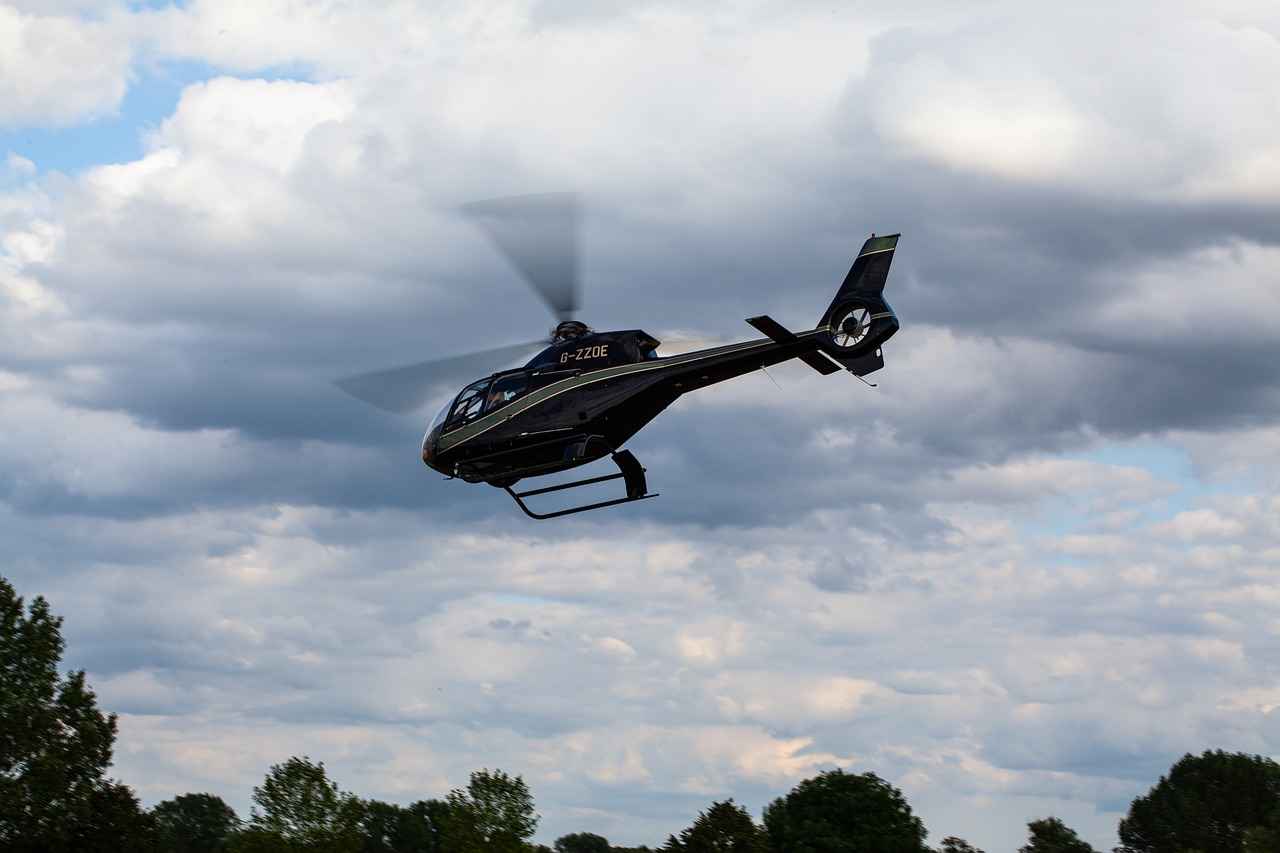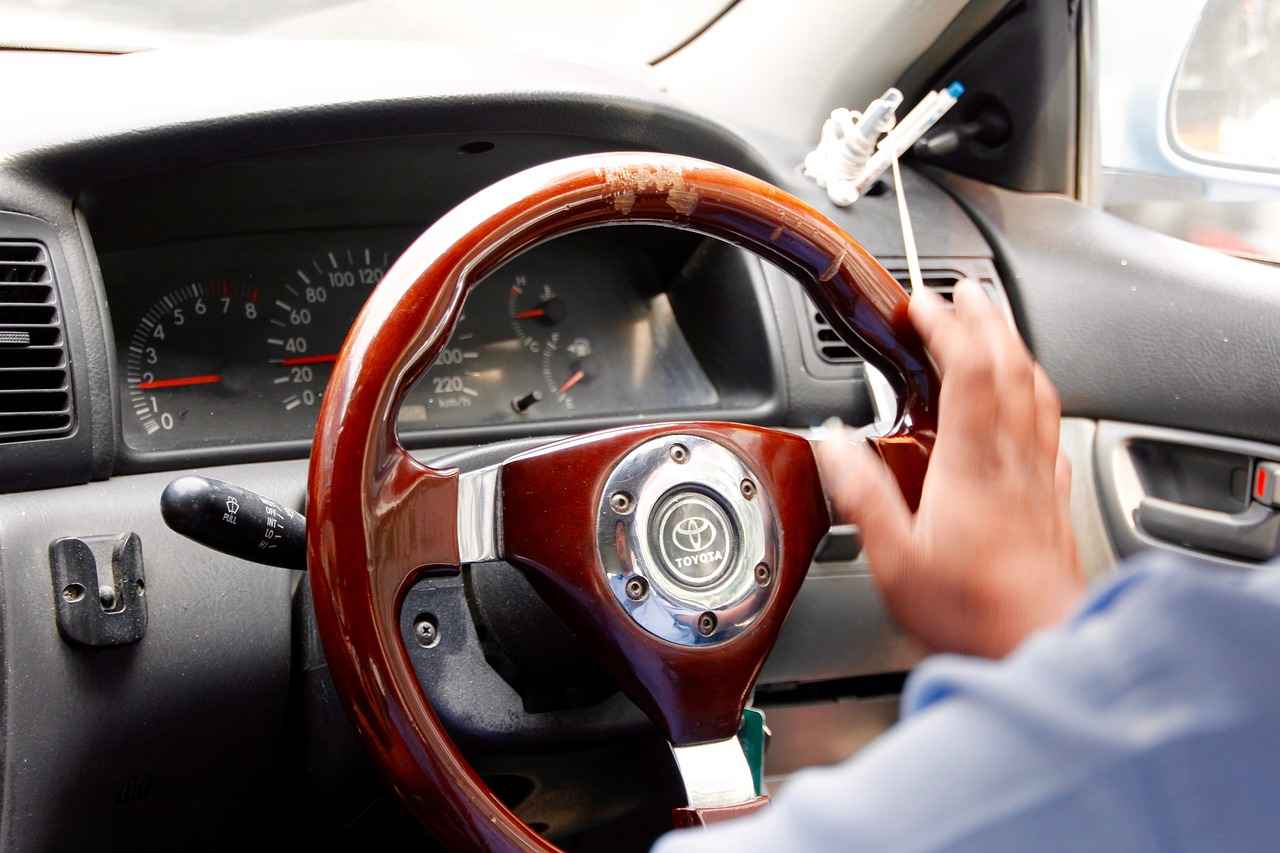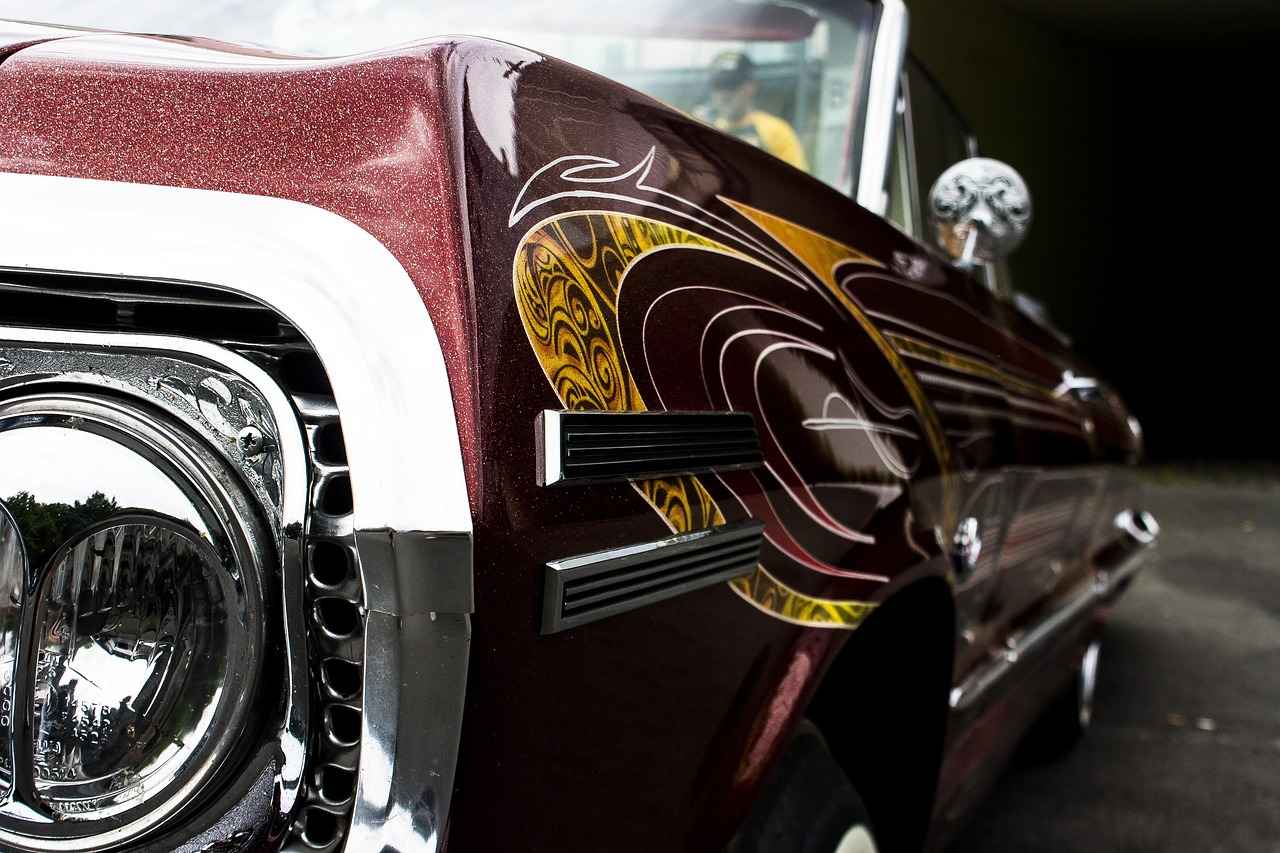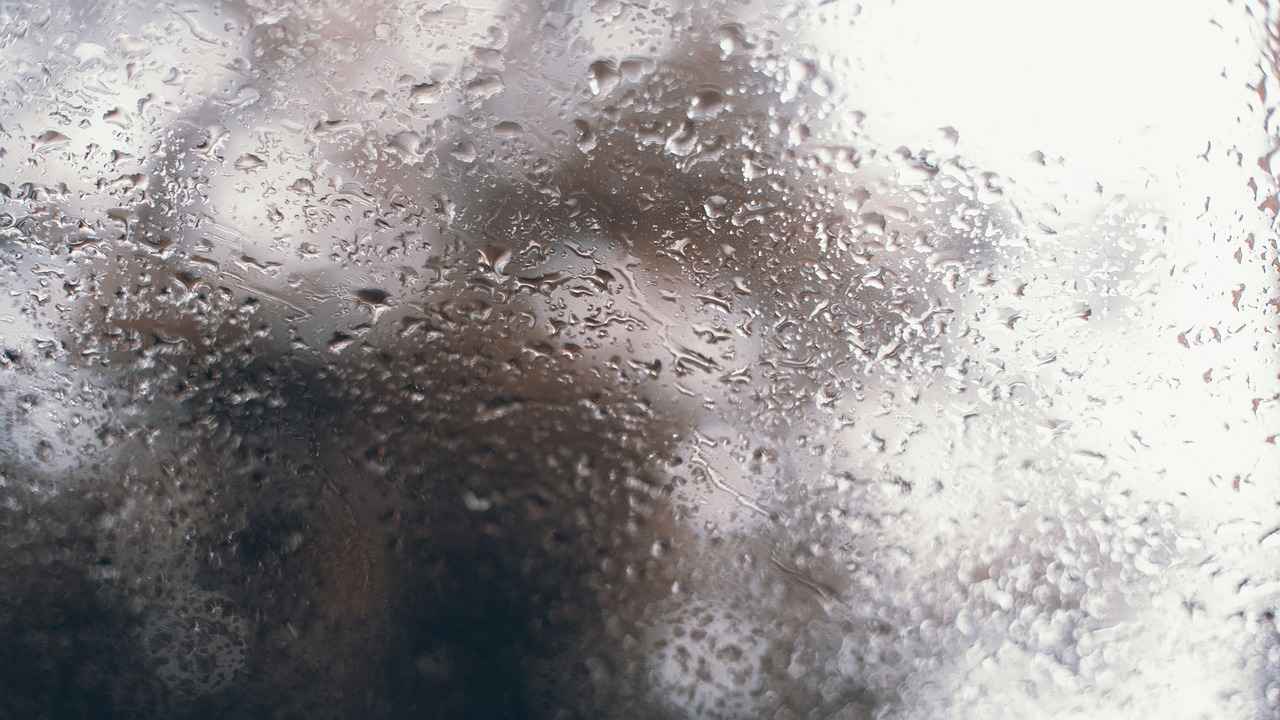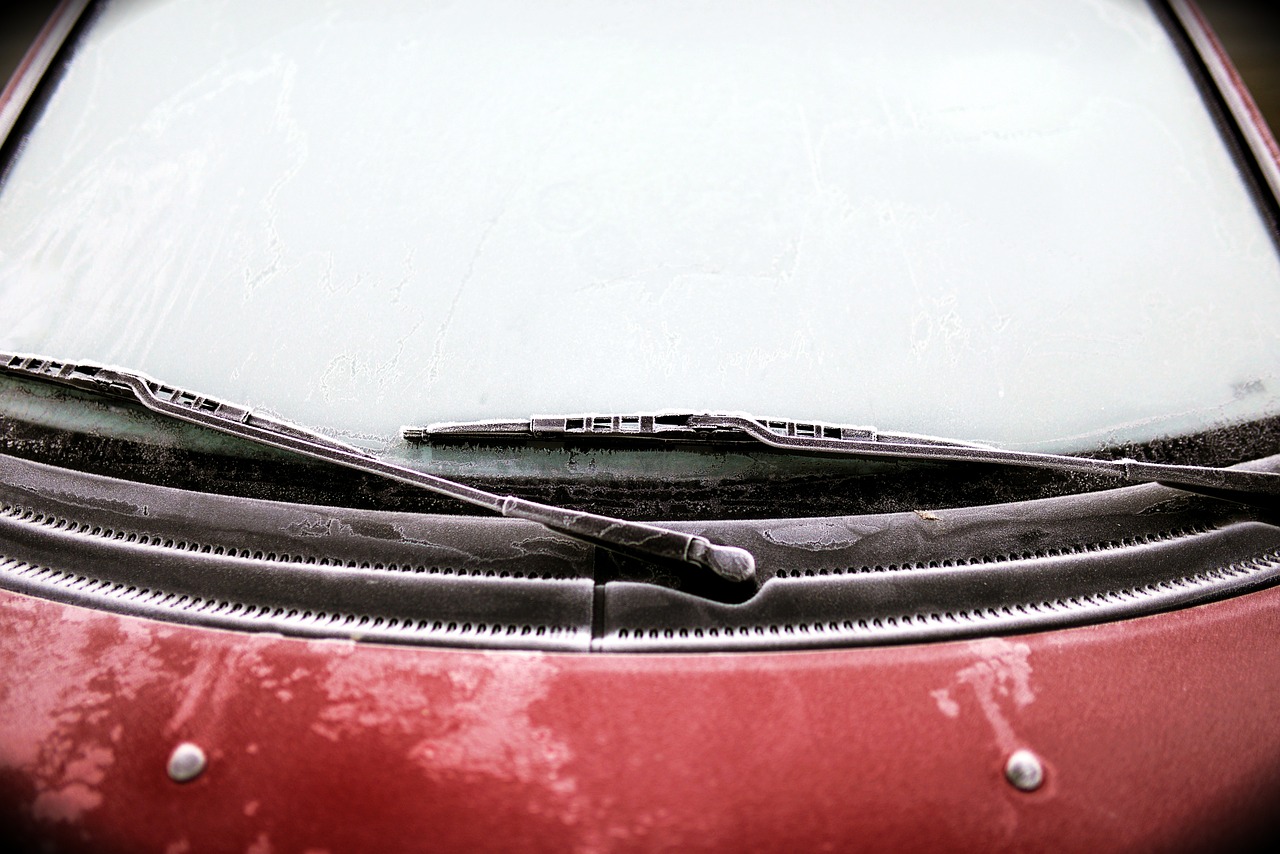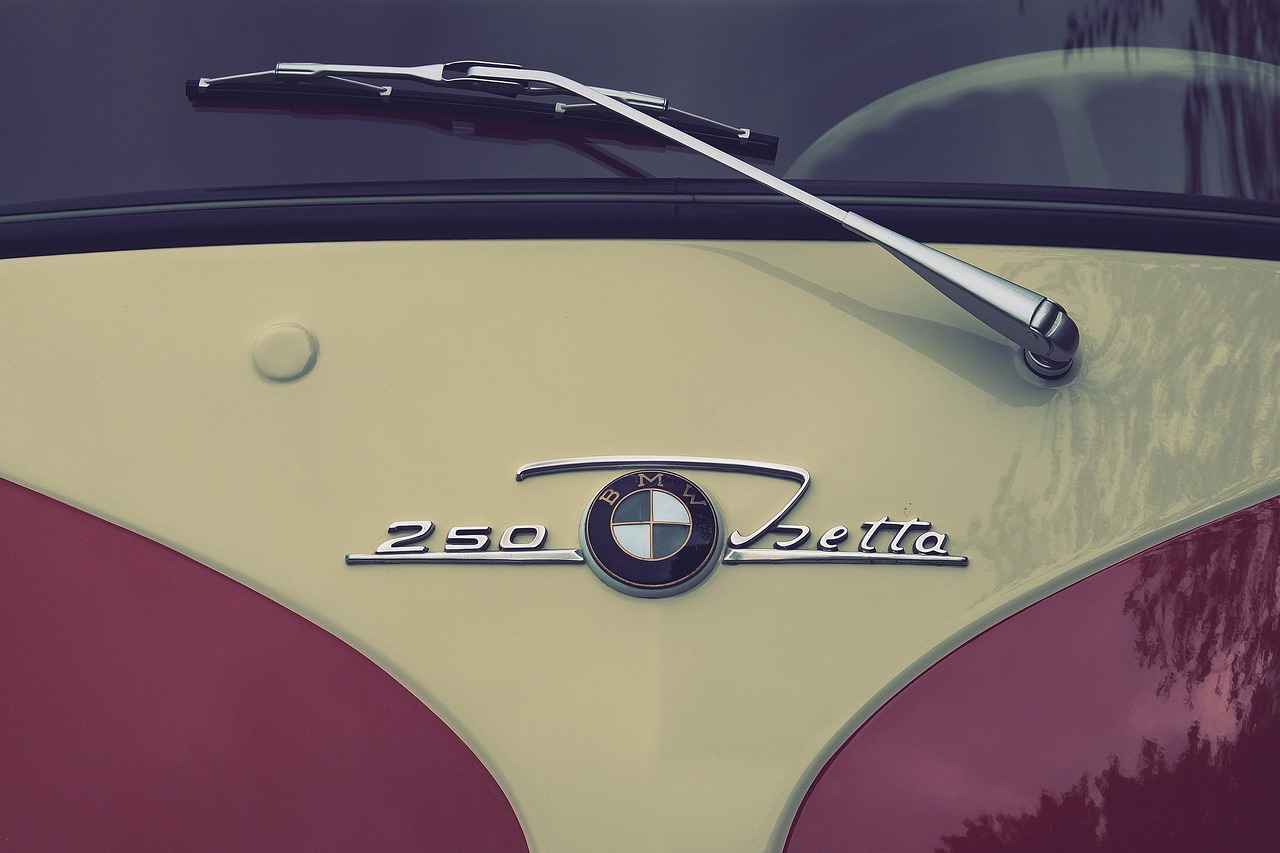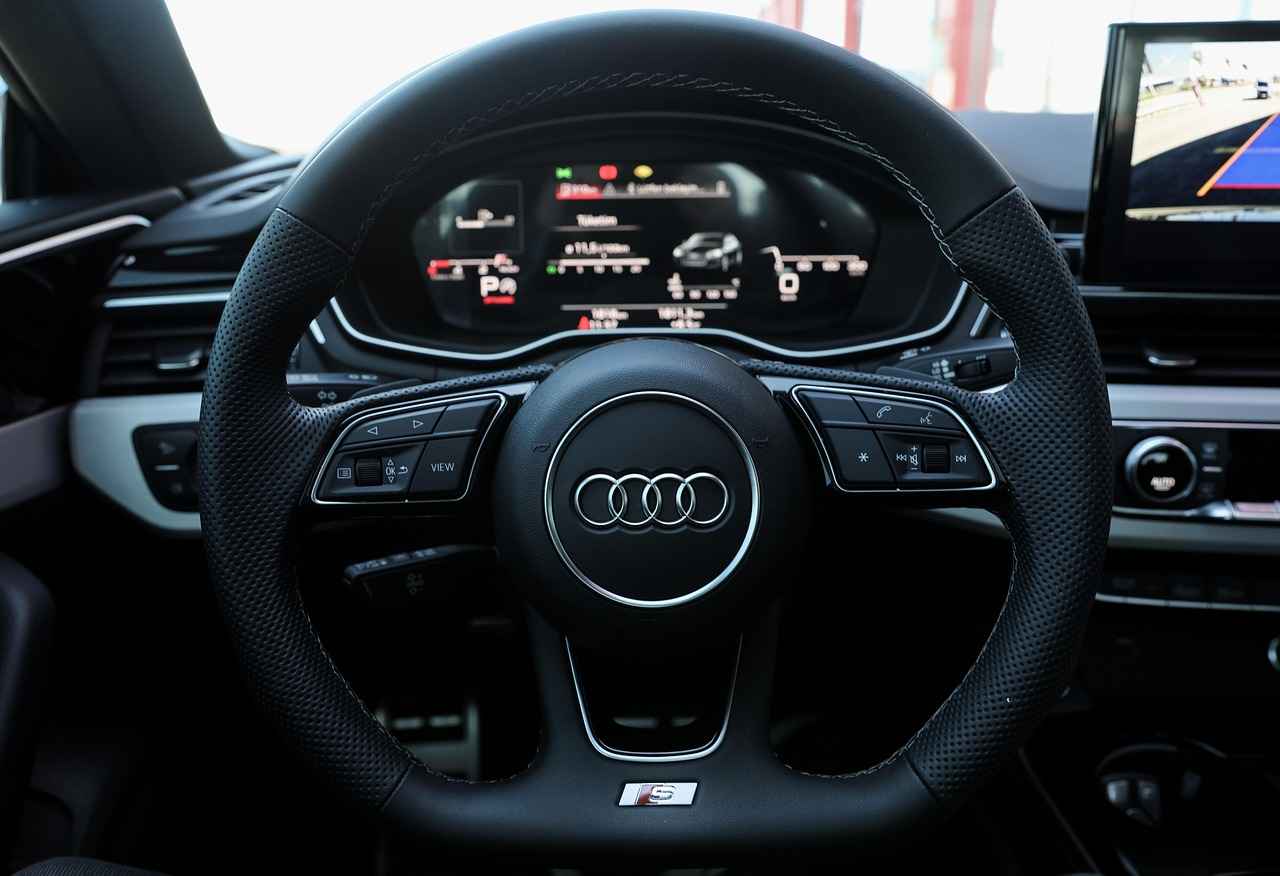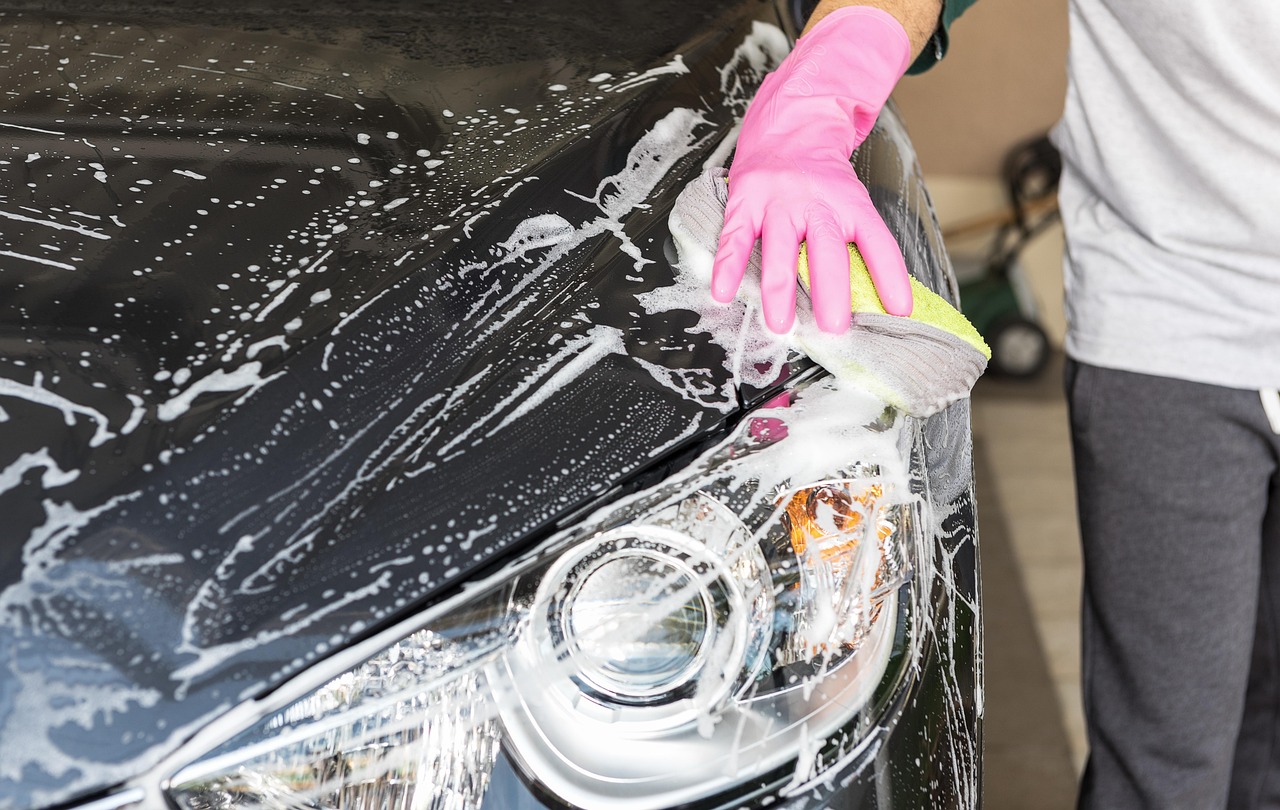Understanding when to replace your windshield wipers is crucial for safe driving. Worn-out wipers can severely impair your visibility during rain or snow, making it essential to recognize the signs indicating that your wipers need replacement. This article will explore the key indicators for wiper replacement and provide tips for maintaining them effectively.
Recognizing the signs that your windshield wipers need replacing can enhance your visibility and safety. Here are the most common indicators to watch for:
- Streaking on the Windshield: If your wipers leave streaks or smudges on the glass, it’s a clear sign they are not making proper contact.
- Chattering or Skipping: Wipers that chatter or skip across the windshield may have become worn or damaged.
- Cracks or Tears: Inspect your wiper blades for any visible cracks or tears. If you notice any, it’s time for a replacement.
- Noise: If your wipers make unusual noises while operating, it may indicate that they are not functioning correctly.
The lifespan of windshield wipers can vary based on several factors, including usage and environmental conditions. Generally, it is advisable to replace your wipers every 6 to 12 months to ensure optimal performance. However, if you notice any of the signs mentioned above, don’t hesitate to replace them sooner.
Several elements can influence how long your windshield wipers last:
- Climate: Extreme weather conditions, such as heavy rain or intense heat, can wear down wipers faster.
- Usage: Frequent use of windshield wipers, especially in adverse weather, can lead to quicker deterioration.
- Quality of Wipers: Higher-quality wipers generally last longer than cheaper alternatives.
Yes, extreme weather conditions can significantly impact the performance and lifespan of your wipers. Heavy rain, snow, and ice can lead to faster wear and tear. Regularly inspect your wipers during seasonal changes to ensure they are in good condition.
Frequent use, especially in adverse weather, can lead to quicker deterioration of your windshield wipers. Monitoring your usage and being proactive about replacements can help you maintain optimal visibility during critical driving conditions.
Neglecting to replace worn-out wipers can lead to reduced visibility and increased risk during driving. Poor visibility can result in accidents, making timely replacement a crucial aspect of vehicle maintenance.
Proper maintenance can significantly enhance the lifespan of your windshield wipers. Here are some practical tips:
- Regular Cleaning: Clean your wipers regularly to prevent dirt and grime buildup. Use a soft cloth and a gentle cleaner to wipe the blades.
- Check the Windshield: Keep your windshield clean, as dirt can cause additional wear on the wipers.
- Avoid Using Wipers on Dry Glass: This can cause unnecessary wear and tear on the blades.
To clean your windshield wipers effectively:
1. Lift the wiper arm away from the windshield.2. Use a soft cloth dampened with soapy water to wipe the rubber blade.3. Rinse with clean water and dry with a cloth.4. Lower the wiper arm back into place.
Avoid the following practices to prolong the life of your windshield wipers:
- Using Wipers on Icy Windshields: This can damage the blades.
- Neglecting Regular Inspections: Regularly check your wipers for signs of wear.

What Are the Key Signs That Indicate Wiper Replacement Is Necessary?
When it comes to ensuring your safety on the road, visibility is paramount. One of the crucial components that contribute to clear visibility is your vehicle’s windshield wipers. Understanding when to replace your windshield wipers is essential for maintaining optimal driving conditions. Below, we delve into the key signs that indicate your wipers may need replacing, ensuring you remain safe while driving.
Recognizing the signs that your windshield wipers need replacing can significantly enhance your visibility and safety. Here are the most common indicators to watch for:
- Streaking: If your wipers leave streaks on the windshield, it means they are not making proper contact with the glass. This can severely impair your vision, especially during rain.
- Chattering: If your wipers make a chattering noise as they move across the windshield, it indicates that the rubber is worn out or damaged. This can lead to ineffective wiping and further damage to the wiper blades.
- Cracking or Splitting: Inspect your wipers for any visible signs of cracking or splitting in the rubber. These imperfections can prevent the wipers from functioning properly and can lead to further deterioration.
- Skipping: If the wipers skip across the windshield instead of gliding smoothly, it suggests that the blade has lost its flexibility and needs to be replaced.
- Reduced Visibility: If you notice that your visibility decreases during rain or snow, it may be time to replace your wipers. Effective wipers are essential for clearing away water and debris.
- Age of the Wipers: Even if your wipers appear to be in good condition, they should typically be replaced every six to twelve months. Age can lead to a decrease in performance.
Being aware of these signs can help you take proactive measures to ensure your wipers are always performing at their best. Regular inspections and timely replacements can make a significant difference in your driving experience, particularly in adverse weather conditions.
In addition to recognizing these signs, it’s beneficial to maintain your wipers properly. Regular cleaning and avoiding the use of your wipers on a dry windshield can prolong their lifespan and effectiveness. Keeping your windshield clean can also enhance the performance of your wipers, allowing them to clear water and debris more efficiently.
Ultimately, staying vigilant about the condition of your windshield wipers is not just about comfort; it’s about road safety. Don’t wait until your visibility is compromised—monitor your wipers and replace them as needed to ensure a clear view of the road ahead.
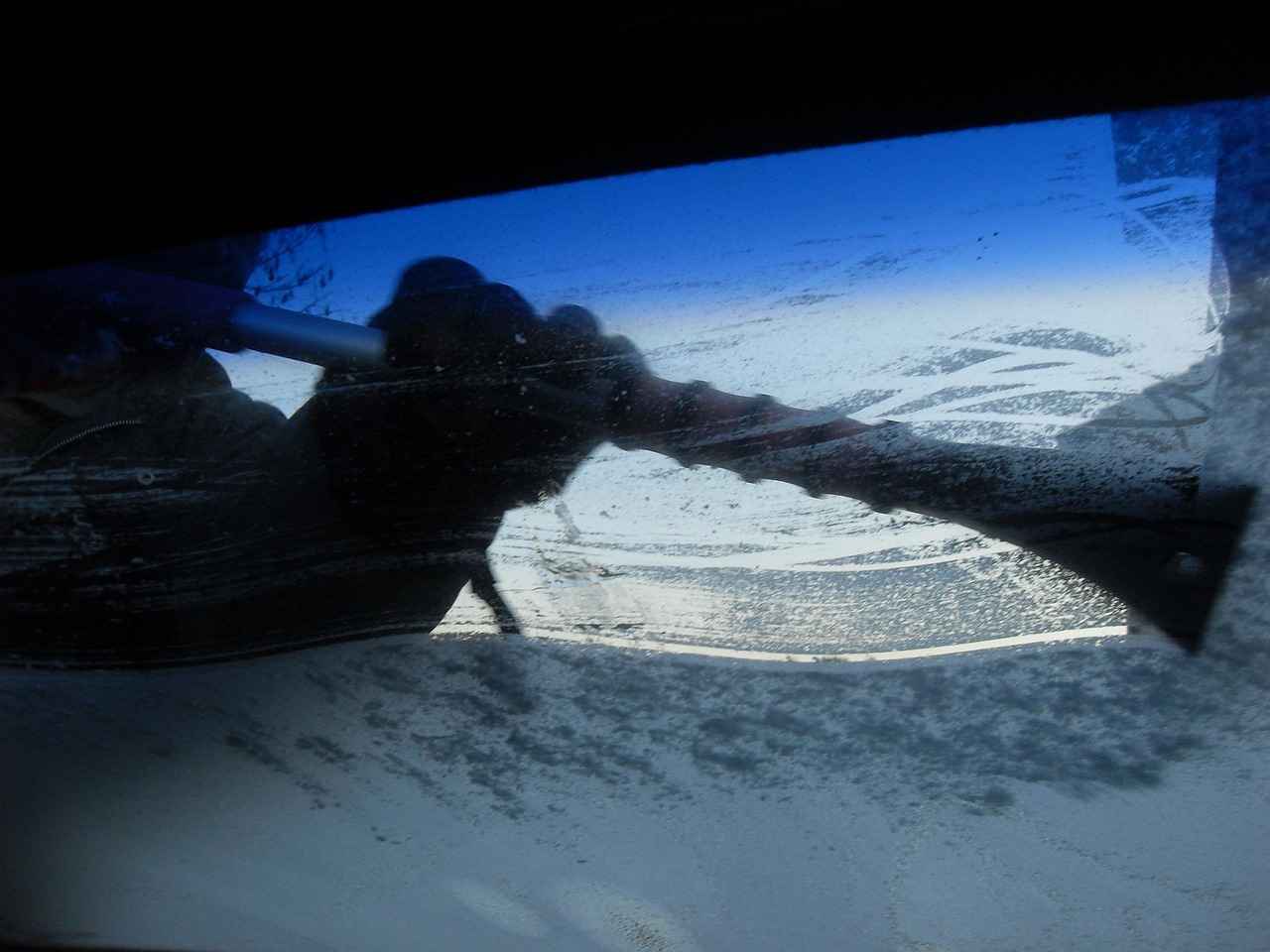
How Often Should You Replace Your Windshield Wipers?
When it comes to ensuring your safety on the road, windshield wipers play an essential role. They provide clear visibility during rain, snow, or any adverse weather conditions. However, many drivers overlook the importance of knowing how often to replace windshield wipers, which can lead to compromised safety. In this section, we will explore the lifespan of windshield wipers, factors affecting their durability, and how frequently they should be replaced.
The lifespan of windshield wipers can vary based on several factors, including usage, climate, and maintenance. On average, most windshield wipers should be replaced every 6 to 12 months. However, this can differ based on individual circumstances. Here are some key considerations:
- Usage Frequency: If you frequently drive in rainy or snowy conditions, it’s advisable to check your wipers every few months. Heavy usage can lead to quicker wear and tear.
- Climate Conditions: Extreme heat or cold can significantly affect the rubber material of your wipers. In hotter climates, wipers may dry out and crack, while in colder regions, they can become stiff and less effective.
- Quality of Wipers: Not all wipers are created equal. Higher-quality wipers may last longer than budget options. Investing in reliable brands can provide better longevity.
Understanding the factors that influence the lifespan of your wipers is crucial for planning replacements. Here are some of the most significant elements:
- Weather Conditions: As mentioned, extreme weather can accelerate the degradation of wiper blades. Rain, snow, and UV exposure can all take a toll.
- Driving Habits: Frequent use of your windshield wipers, especially in adverse conditions, can lead to faster deterioration. Monitoring how often you use them can help in determining when to replace them.
- Maintenance Practices: Regular cleaning and maintenance can extend the life of your wipers. Keeping the windshield clean and ensuring the blades are free of debris can enhance performance.
Neglecting to replace worn-out wipers can lead to serious consequences. Poor visibility during rain or snow can increase the risk of accidents. Additionally, using old or damaged wipers can scratch your windshield, leading to costly repairs. Therefore, it’s essential to be proactive about replacing your windshield wipers.
To maximize the lifespan of your windshield wipers, consider the following maintenance tips:
- Regular Cleaning: Clean your wipers regularly to prevent dirt and grime buildup. Use a soft cloth and a mild detergent to wipe down the blades.
- Inspect for Damage: Frequently check your wipers for any signs of wear, such as cracks or tears in the rubber. If you notice any damage, it’s time for a replacement.
- Avoid Using Wipers on Dry Windshields: This can cause unnecessary wear and tear. Always ensure your windshield has enough moisture before using the wipers.
By understanding how often to replace your windshield wipers and following proper maintenance practices, you can ensure optimal performance and safety while driving.
What Factors Affect Wiper Lifespan?
Understanding the factors that influence the lifespan of your windshield wipers is essential for maintaining optimal vehicle performance and safety on the road. Various elements can significantly impact how long your wipers will last, and being aware of these factors can help you plan for timely replacements.
The climate in which you drive plays a crucial role in the durability of your windshield wipers. For example, areas that experience extreme heat can cause the rubber on wipers to dry out and crack, while regions with heavy rain or snow can lead to faster wear due to increased usage. Additionally, exposure to UV rays can degrade the rubber material, making it essential to consider local weather conditions when assessing your wiper’s health.
Another significant factor affecting wiper lifespan is their frequency of use. If you frequently drive in rainy or snowy conditions, your wipers will naturally wear out more quickly. Additionally, using wipers on a dry windshield can cause unnecessary friction, leading to premature deterioration. Keeping track of how often you use your wipers, especially in adverse conditions, can help you gauge when replacements are necessary.
The quality of the windshield wipers themselves is also a determining factor in their longevity. Investing in high-quality wipers can provide better performance and durability compared to cheaper alternatives. Look for wipers with features like silicone blades, which can offer enhanced resistance to wear and tear.
Proper maintenance is vital in extending the life of your windshield wipers. Regularly cleaning the blades helps remove dirt and debris that can cause scratches on the windshield and reduce wiper effectiveness. Consider using a soft cloth and a mild cleaner to wipe down the blades periodically. Additionally, checking for any signs of damage, such as tears or warping, will allow you to address issues before they lead to complete failure.
Environmental factors, such as pollution and road grime, can also impact the lifespan of your wipers. Contaminants can accumulate on the blades, leading to decreased performance and increased wear. Regular cleaning and maintenance can mitigate these effects, ensuring that your wipers function effectively for as long as possible.
In conclusion, understanding the various factors that affect the lifespan of your windshield wipers is crucial for maintaining vehicle safety. By considering climate, usage, quality, maintenance, and environmental factors, you can better plan for timely replacements and ensure clear visibility on the road. Remember, proactive care can save you from potential hazards associated with worn-out wipers.
Do Weather Conditions Impact Wiper Performance?
When it comes to maintaining your vehicle, understanding how weather conditions can affect your windshield wipers is vital. Extreme weather, such as heavy rain, snow, or intense heat, can significantly accelerate the wear and tear on your wipers, making it crucial to monitor their condition regularly.
Heavy Rain and Snow
- During periods of heavy rain, wipers are forced to work harder to maintain visibility. The constant friction against the windshield can lead to faster degradation of the rubber blades.
- Snow and ice can also pose challenges. If wipers are used to clear snow, they may become damaged or bent, which can lead to ineffective performance.
Intense Heat
- In regions that experience extreme heat, the rubber components of windshield wipers can dry out and crack more quickly. This deterioration reduces their effectiveness and can lead to streaking on the windshield.
- Moreover, prolonged exposure to sunlight can cause the wiper blades to lose their flexibility, making them less effective in clearing rain or debris.
Humidity and Moisture
- High humidity can lead to moisture accumulation on the windshield, which may require more frequent use of wipers. This increased usage can contribute to faster wear.
- Additionally, moisture can cause mold and mildew to develop on the wiper blades, further diminishing their performance.
Seasonal Changes
- Transitioning between seasons can also impact wiper performance. For example, moving from a dry summer to a wet fall can expose wipers to sudden changes in usage patterns.
- It is advisable to inspect your wipers at the beginning of each season to ensure they are ready for the upcoming weather challenges.
In summary, understanding how extreme weather conditions impact your windshield wipers is essential for maintaining safe driving conditions. Regular inspections and timely replacements can prevent potential hazards associated with poor visibility. By being proactive, you can ensure that your wipers are always ready to perform their crucial function, regardless of the weather.
How Does Regular Use Affect Wiper Durability?
Understanding the impact of regular use on windshield wiper durability is essential for maintaining optimal visibility while driving. Windshield wipers are a critical safety feature, and their effectiveness can diminish over time, especially with frequent use. In this section, we will explore how regular operation affects the lifespan of your wipers and what you can do to mitigate wear and tear.
Windshield wipers are designed to clear rain, snow, and debris from your windshield, ensuring a clear line of sight. However, the more often you use them, particularly in adverse weather conditions, the faster they can wear out. The rubber blades are subjected to constant friction against the glass, which can lead to:
- Cracking: Prolonged exposure to the elements can cause the rubber to dry out and crack.
- Fraying: The edges of the blades can become frayed, reducing their effectiveness.
- Loss of Flexibility: Frequent bending and straightening can decrease the flexibility of the rubber, making it less effective in making contact with the windshield.
Adverse weather conditions can significantly impact the durability of your windshield wipers. For instance:
- Heavy Rain: Constant use during heavy rain can lead to faster degradation as the blades work harder to maintain visibility.
- Snow and Ice: Wipers have to exert more force to clear off snow and ice, which can lead to increased wear.
- Heat and Sunlight: UV rays can cause the rubber to deteriorate, making it more susceptible to damage during use.
To ensure your windshield wipers remain effective, it’s important to monitor their usage. Keeping track of how often you use them can help you determine the right replacement schedule. Consider the following:
- Frequency of Use: If you find yourself using your wipers daily, you may need to replace them more often than someone who uses them only occasionally.
- Weather Patterns: In regions with frequent rain or snow, wipers may need replacing every six months to a year.
- Visual Inspection: Regularly check your wipers for signs of wear, such as streaking on the windshield or unusual noises during operation.
Being aware of the signs that indicate your windshield wipers need replacing is crucial for maintaining safety. Look out for:
- Streaking: If your wipers leave streaks on the windshield, it’s time for a replacement.
- Chattering: If the wipers make a chattering noise while operating, it indicates they are not making proper contact with the glass.
- Visible Damage: Any visible cracks or tears in the rubber blades are a clear sign that replacement is necessary.
In conclusion, understanding how regular use and environmental factors affect the durability of your windshield wipers can help you maintain them effectively. By monitoring your usage and being aware of the signs of wear, you can ensure your wipers remain in good working condition, enhancing your safety on the road.
What Are the Consequences of Delaying Wiper Replacement?
When it comes to vehicle safety, windshield wipers play a crucial role in ensuring clear visibility during adverse weather conditions. However, many drivers often overlook the importance of maintaining their wipers. Neglecting to replace worn-out wipers can lead to serious consequences, including reduced visibility and increased risk of accidents. Understanding these risks can motivate timely action and encourage safer driving habits.
Windshield wipers are designed to keep your view clear by removing rain, snow, and debris from your windshield. Over time, the rubber blades can wear down, leading to inefficient performance. Here are some critical consequences of delaying wiper replacement:
- Reduced Visibility: Worn-out wipers can leave streaks or fail to clear water effectively, leading to impaired vision during rain or snow.
- Increased Accident Risk: Poor visibility can significantly increase the likelihood of accidents. According to safety studies, a clear view is essential for making quick and informed driving decisions.
- Damage to Windshield: Old wipers can become rigid and may scratch the glass surface, leading to costly repairs or replacements.
- Increased Driver Fatigue: Struggling to see through a dirty or streaked windshield can cause frustration and fatigue, distracting the driver from the road.
Identifying when your wipers need replacement is vital for maintaining safety. Look for these indicators:
- Chattering or Skipping: If your wipers are making noises or skipping across the glass, it’s time for a replacement.
- Cracks or Tears: Inspect the rubber blades for any visible damage. Cracks or tears can severely affect performance.
- Streaking: If your wipers are leaving streaks on the windshield, they are likely worn out and need to be replaced.
The lifespan of windshield wipers can vary significantly based on factors such as climate, usage, and maintenance. Generally, it is advisable to replace wipers every six to twelve months. However, in regions with extreme weather conditions, more frequent replacements may be necessary.
Proper maintenance can enhance the lifespan of your windshield wipers. Here are some practical tips:
- Regular Cleaning: Clean the wiper blades with a soft cloth and a mild detergent to remove dirt and debris.
- Check for Damage: Regularly inspect your wipers for any signs of wear and replace them as needed.
- Use Windshield Washer Fluid: Ensure your windshield washer fluid is filled to help keep the glass clean and aid wiper performance.
In conclusion, understanding the consequences of delaying windshield wiper replacement is essential for every driver. By recognizing the signs of wear and committing to regular maintenance, you can ensure optimal performance and enhance your safety on the road.

What Maintenance Tips Can Extend the Life of Your Wipers?
When it comes to vehicle maintenance, windshield wipers are often overlooked, yet they play a crucial role in ensuring clear visibility during adverse weather conditions. Proper maintenance can significantly enhance the lifespan of your windshield wipers. Here are some practical tips to keep them functioning effectively.
Regular cleaning of your windshield wipers is essential to prevent the buildup of dirt and grime. This buildup can lead to streaking and reduced visibility. To clean your wipers:
- Lift the wiper arms away from the windshield.
- Use a soft cloth or sponge soaked in soapy water to gently wipe the rubber blades.
- Rinse with clean water and dry with a towel.
By maintaining clean wipers, you can ensure smoother operation and prolong their lifespan.
There are certain practices that can be detrimental to your windshield wipers. Avoid the following:
- Using Wipers on a Dry Windshield: Operating wipers on a dry surface can cause unnecessary wear on the rubber blades.
- Neglecting to Replace Worn Blades: Continuing to use damaged wipers can lead to scratches on your windshield, impacting visibility.
- Exposing Wipers to Extreme Temperatures: Leaving your vehicle in direct sunlight can cause the rubber to harden and crack.
By steering clear of these practices, you can help ensure your wipers remain in top condition.
Regular inspections are vital for maintaining wiper functionality. It is recommended to check your wipers every six months for signs of wear, such as:
- Cracks or splits in the rubber blades.
- Streaks or missed spots when wiping.
- Noisy operation during use.
If you notice any of these issues, it may be time to replace your wipers.
Seasonal changes can significantly impact the performance of your windshield wipers. Here are some seasonal tips:
- Spring: Clean wipers and check for any damage after winter use.
- Summer: Protect wipers from sun exposure by using a windshield sunshade.
- Fall: Prepare for rainy weather by ensuring wipers are in good condition.
- Winter: Use winter-specific wipers designed to handle snow and ice.
By adjusting your maintenance routine according to the seasons, you can help extend the life of your wipers.
When not in use, proper storage of your wipers can also contribute to their longevity. Here are some tips:
- Always return wipers to their resting position after use.
- Consider using a wiper cover during extreme weather conditions.
These practices can help protect the wipers from unnecessary wear and tear.
In summary, maintaining your windshield wipers through regular cleaning, avoiding harmful practices, conducting inspections, adapting to seasonal changes, and ensuring proper storage can significantly enhance their lifespan. By following these tips, you not only ensure your safety but also save money in the long run by reducing the need for frequent replacements.
How Can You Clean Your Wipers Properly?
Maintaining your windshield wipers is essential for ensuring clear visibility while driving. One crucial aspect of this maintenance is cleaning your wipers regularly. Over time, wipers can accumulate dirt, grime, and other debris, which can hinder their performance and reduce their lifespan. Here’s a comprehensive guide on how to clean your windshield wipers effectively.
Cleaning your windshield wipers is not just about aesthetics; it plays a vital role in their functionality. When dirt and debris build up on the wiper blades, it can lead to:
- Streaking: Dirty blades can leave streaks on your windshield, obstructing your view.
- Noise: Worn or dirty wipers can create annoying squeaking sounds during use.
- Damage: Accumulated grime can damage the rubber blade material, leading to premature wear.
Here’s a step-by-step guide to effectively clean your wipers:
- Gather Your Supplies: You will need a microfiber cloth, soapy water (a mild dish soap mixed with water), and glass cleaner.
- Lift the Wipers: Gently lift the wiper arms away from the windshield to access the blades easily.
- Wipe the Blades: Dip the microfiber cloth in the soapy water and wipe down the rubber part of the wiper blades. Ensure you remove any dirt and grime thoroughly.
- Rinse: After cleaning, use a clean, damp cloth to wipe off any soap residue from the blades.
- Dry the Blades: Use a dry microfiber cloth to ensure the blades are completely dry before lowering them back onto the windshield.
- Clean the Windshield: For optimal visibility, consider cleaning your windshield with a glass cleaner to remove any streaks or smudges.
It is advisable to clean your windshield wipers at least once a month. However, if you frequently drive in dusty or polluted environments or during rainy seasons, you may need to clean them more often. Regular maintenance not only extends the life of your wipers but also enhances your overall driving safety.
While cleaning your wipers is straightforward, there are common mistakes to avoid:
- Using Harsh Chemicals: Avoid using strong solvents or abrasive cleaners, as they can damage the rubber.
- Neglecting the Wiper Arms: Don’t forget to clean the wiper arms themselves, as dirt can accumulate there too.
- Skipping Regular Checks: Regularly inspect your wipers for signs of wear or damage, even if you clean them frequently.
By following these cleaning tips and maintaining your windshield wipers, you can ensure they function effectively, improving your visibility and safety on the road. Remember, a little preventive maintenance goes a long way in keeping your wipers in top condition.
What Should You Avoid to Maintain Wiper Quality?
Maintaining the quality of your windshield wipers is essential for ensuring clear visibility while driving. Unfortunately, certain practices can significantly damage your wipers and reduce their effectiveness. Understanding what to avoid is crucial for prolonging their lifespan and maintaining optimal performance.
- Neglecting Regular Inspections: Failing to check your wipers regularly can lead to unnoticed wear and tear. It’s important to inspect them for cracks, tears, or hardening rubber.
- Using Wipers on a Dry Windshield: Operating your wipers on a dry surface can cause unnecessary friction, leading to scratches on both the windshield and the wiper blades.
- Ignoring the Weather: Extreme weather conditions, such as ice or heavy snow, can damage wipers. Always clear your windshield before using the wipers in such conditions.
- Using the Wrong Wiper Fluid: Some cleaning solutions can be harsh on the rubber of your wipers. Always use a recommended wiper fluid to avoid damaging the blades.
- Not Replacing Worn Blades: Continuing to use old or worn wipers can lead to streaking and reduced visibility. Replace them at the first sign of deterioration.
Improper storage of your vehicle can also impact the quality of your windshield wipers. For example, parking your car in direct sunlight for extended periods can cause the rubber to deteriorate faster. Additionally, exposure to extreme temperatures can warp the blades, making them less effective. To mitigate these risks, consider parking in shaded areas or using a car cover when possible.
- Using Household Cleaners: Avoid using household cleaning products on your wipers, as they may contain chemicals that can degrade the rubber.
- Applying Excessive Force: When cleaning your windshield, do not apply excessive pressure on the wiper arms. This can bend or break the arms, leading to improper functioning.
- Neglecting to Clean the Windshield: A dirty windshield can cause your wipers to wear out faster. Regularly clean your windshield to ensure optimal wiper performance.
To protect your windshield wipers from damage, consider the following practices:
- Regular Maintenance: Schedule regular maintenance checks for your wipers, especially before the rainy season.
- Use a Windshield Cover: During winter, use a windshield cover to protect your wipers from ice and snow buildup.
- Invest in Quality Wipers: Opt for high-quality wipers that come with a warranty. They typically last longer and perform better.
By avoiding these common mistakes and adopting better maintenance practices, you can significantly extend the life of your windshield wipers, ensuring safer driving conditions.
Frequently Asked Questions
- How do I know when my windshield wipers need to be replaced?
If your wipers are leaving streaks, making noise, or not clearing the windshield effectively, it’s time for a change. Regularly inspect them for any signs of wear, such as cracks or tears.
- How often should I replace my windshield wipers?
On average, you should replace your windshield wipers every 6 to 12 months. However, this can vary based on factors like climate and usage, so keep an eye on their performance.
- Can I clean my windshield wipers to extend their life?
Absolutely! Cleaning your wipers regularly can help remove dirt and grime that can affect their performance. Just use a soft cloth and some soapy water to give them a gentle wipe.
- What should I avoid to keep my wipers in good condition?
Avoid using your wipers on a dry windshield or using them to clear heavy snow or ice. These actions can damage the rubber and reduce their lifespan.
- What happens if I delay replacing my wipers?
Delaying replacement can lead to poor visibility during rain or snow, increasing the risk of accidents. It’s best to address worn wipers promptly to ensure your safety on the road.

